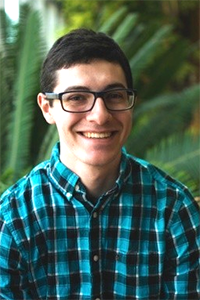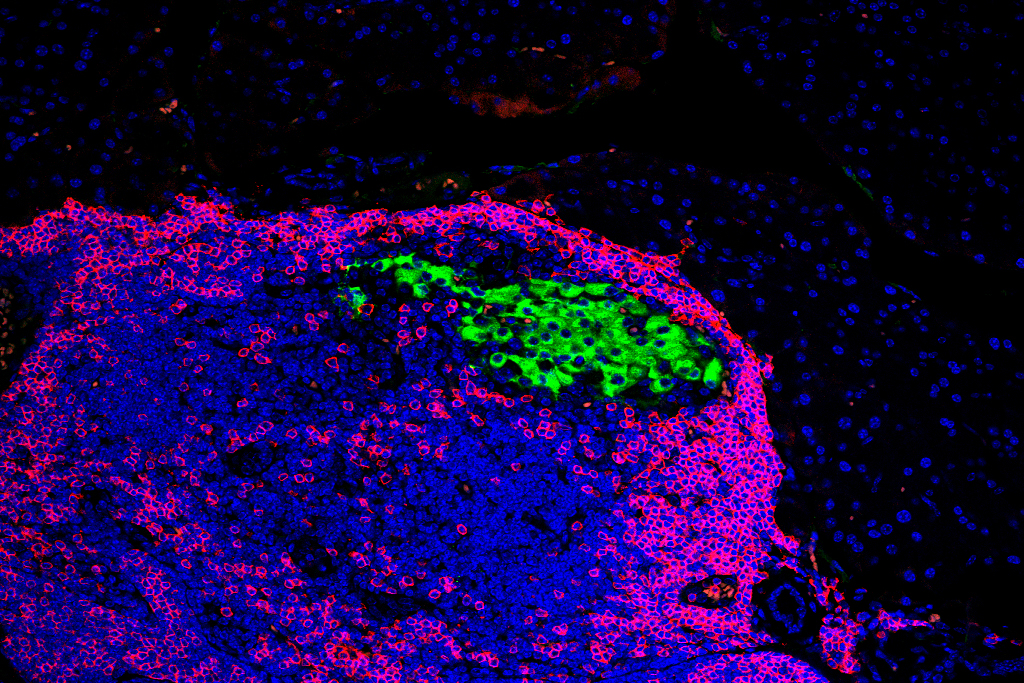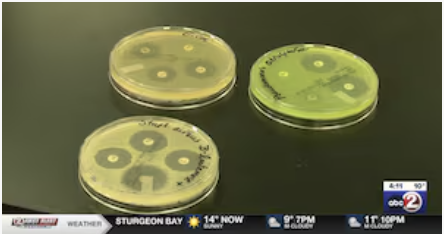Researchers Develop Advanced Gene Editing Techniques to Boost T Cells in Cancer Treatment
Researchers at the Wisconsin Institute for Discovery (WID) have pioneered a new method to enhance the body’s disease-fighting T cells using advanced gene editing techniques. A recent finding suggests leveraging CRISPR technology as an innovative approach to making cancer treatments safer and more effective. Using a multiplexing technique, the team addresses key challenges in current cancer therapies that could significantly improve treatment outcomes.
 “We have developed a new way to engineer immune cells to fight cancer more effectively. Think of it as reprogramming the body’s own soldiers (T cells) to recognize and attack cancer cells. We use a tool called CRISPR to make precise changes to the T cells without using viruses, making the process safer and potentially more effective,” says Krishanu Saha from WID and the Department of Biomedical Engineering at the University of Wisconsin–Madison.
“We have developed a new way to engineer immune cells to fight cancer more effectively. Think of it as reprogramming the body’s own soldiers (T cells) to recognize and attack cancer cells. We use a tool called CRISPR to make precise changes to the T cells without using viruses, making the process safer and potentially more effective,” says Krishanu Saha from WID and the Department of Biomedical Engineering at the University of Wisconsin–Madison.
Previously, viruses were the primary method for delivering edited cells into the body. While using viruses as a host has been effective for treating blood cancers, it has struggled with solid tumors. This is largely because the cells get tired, lost, and forgetful and give up. Viruses also tend to disrupt things, sometimes even changing the cells while en route to the tumor. To address these challenges, Saha’s team decided to explore a multiplex gene editing strategy to optimize natural immune responses by bioengineering and remodeling T cells.
“By avoiding the use of viruses and using CRISPR to edit multiple genes at once, we hope to create more potent cancer-fighting cells that can be produced quickly and safely,” says Saha. “We found we can successfully edit multiple genes in T cells without using viruses, achieving high precision with low risks of unintended changes.”
The Saha team successfully produced primary human T cells with three deactivated genes that make T cells more effective for cancer treatment. Deactivating one gene helps T cells overcome immune checkpoints that cancer cells exploit to avoid their attack. Another specifically targets molecules on some cancer cells, that direct the T cells’ cancer-killing activity more precisely.
This method also enables faster and more cost-effective production, which could make these therapies more accessible to patients. The new gene editing technology could negate the need for T cells to be individualized to each receiving patient and can create T cells that will retain their effectiveness after freezing, which is crucial for large-scale manufacturing.
“We hope to refine this technique and test it in clinical trials. Our next steps include improving the efficiency of the gene editing process and ensuring the safety and effectiveness of the engineered T cells in treating different types of cancer,” says Saha.
Research is supported by funding from multiple sources including Synthego, the NIH R01 CA278051, the NSF Engineering Research Center (ERC) for Cell Manufacturing Technologies (CMaT) NSF-EEC 1648035, St. Baldrick’s Foundation Empowering Pediatric Immunotherapy for Childhood Cancers Team grant, the UW-Madison Office of the Vice Chancellor for Research and Graduate Education with funding from the Wisconsin Alumni Research Foundation, Hyundai Hope on Wheels, the Grainger Institute for Engineering at UW-Madison, the MACC Fund, and NIH R35 GM119644.





